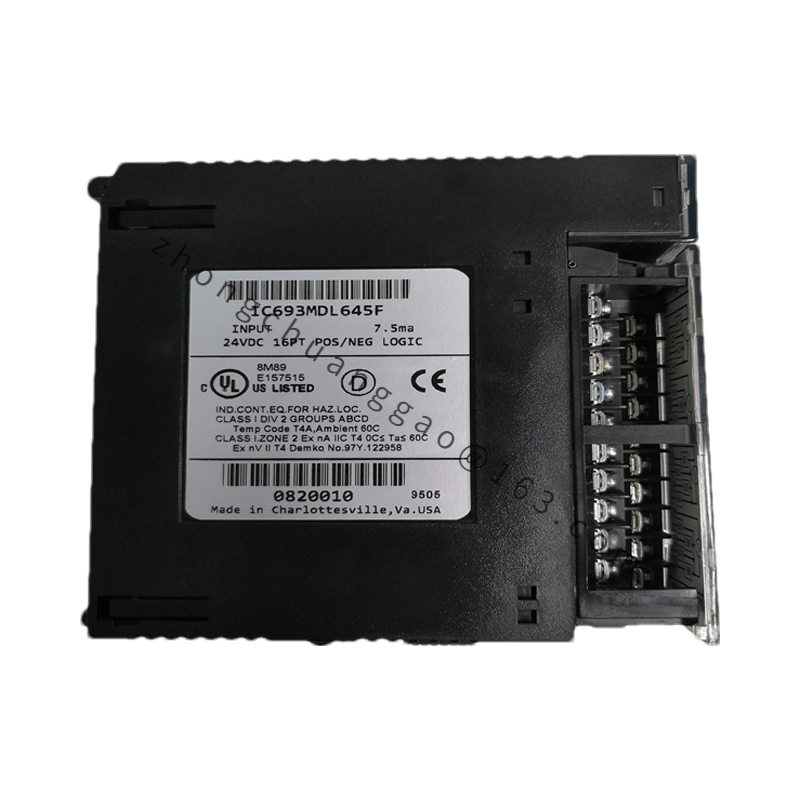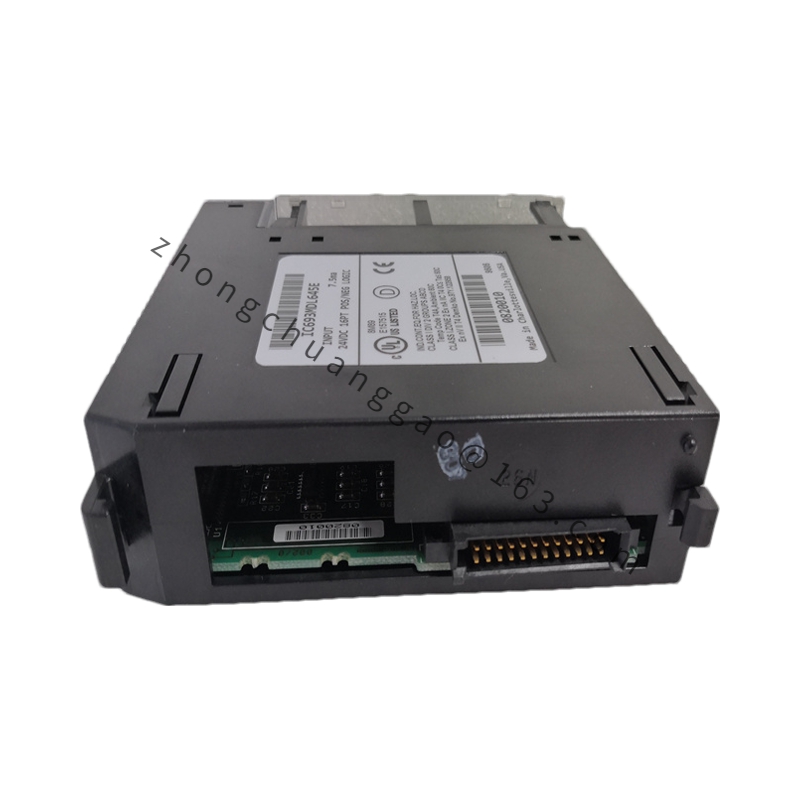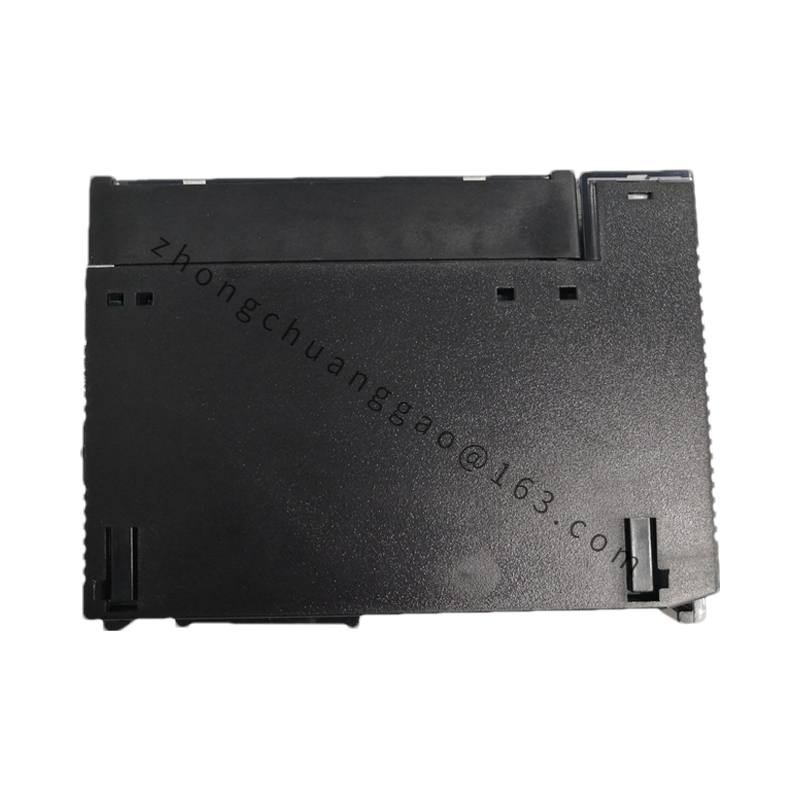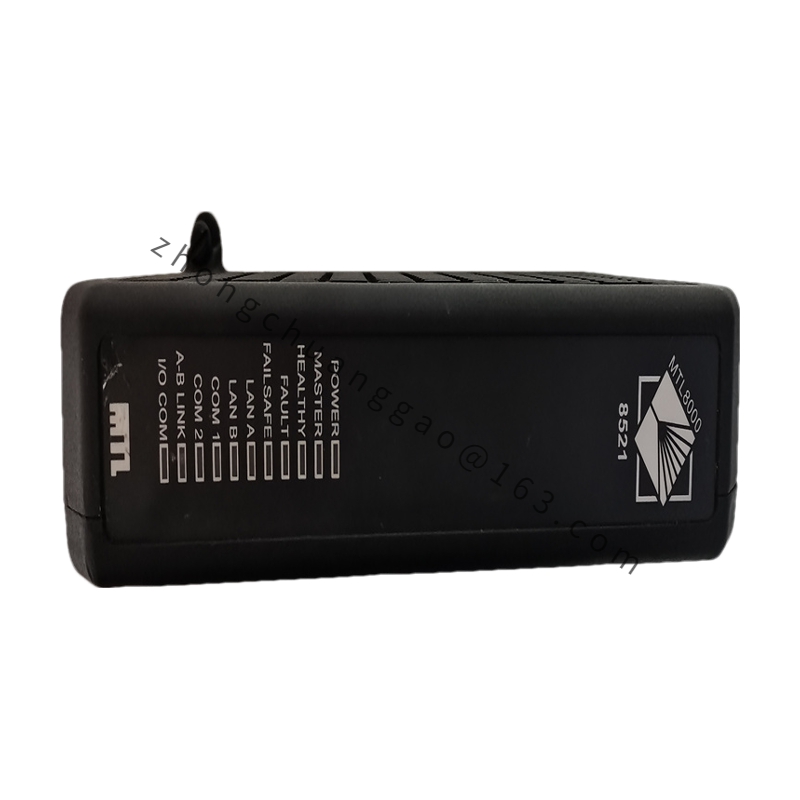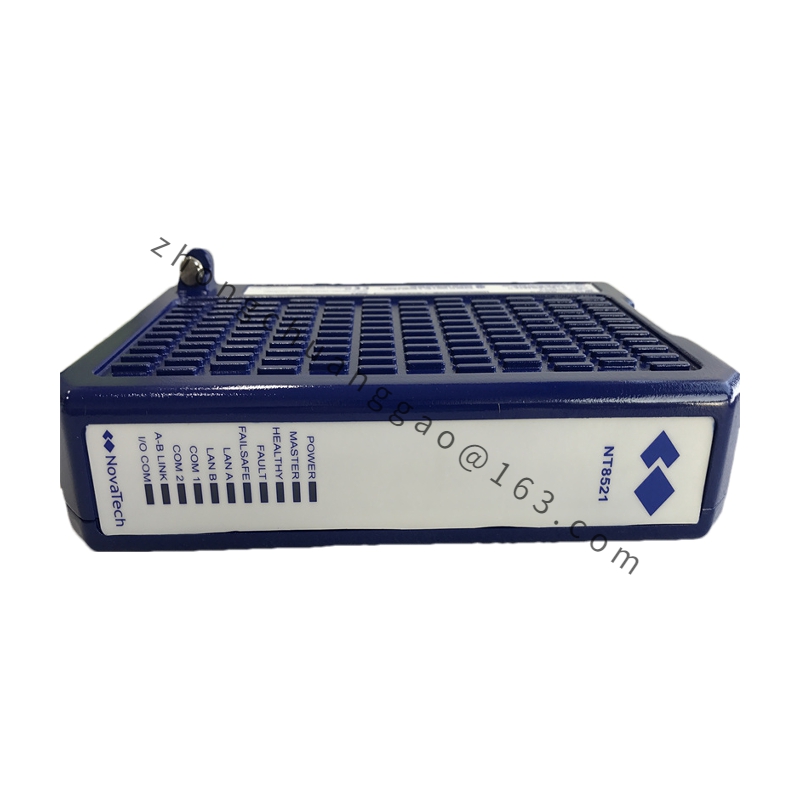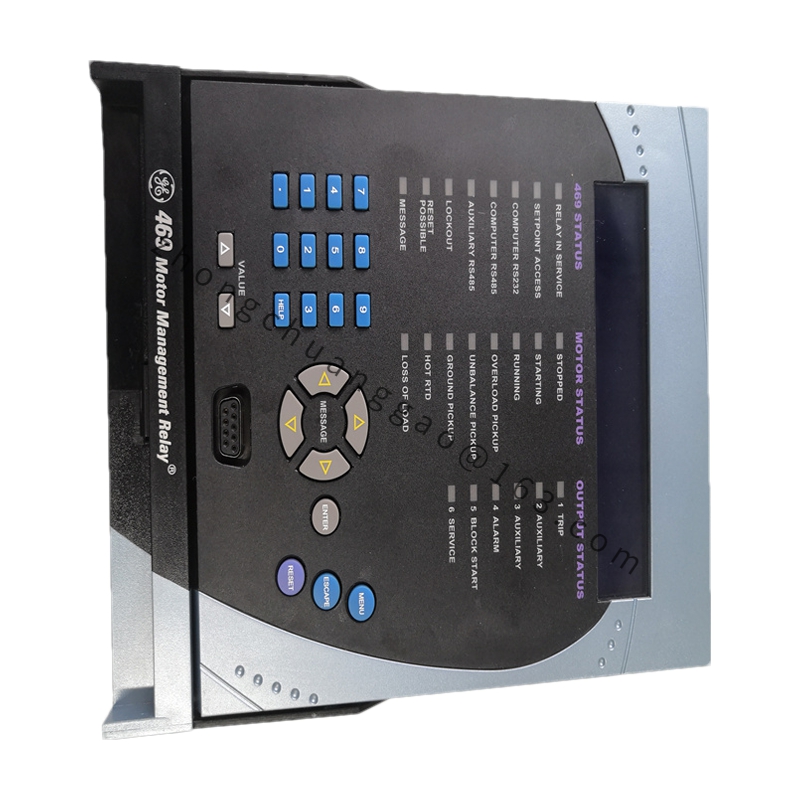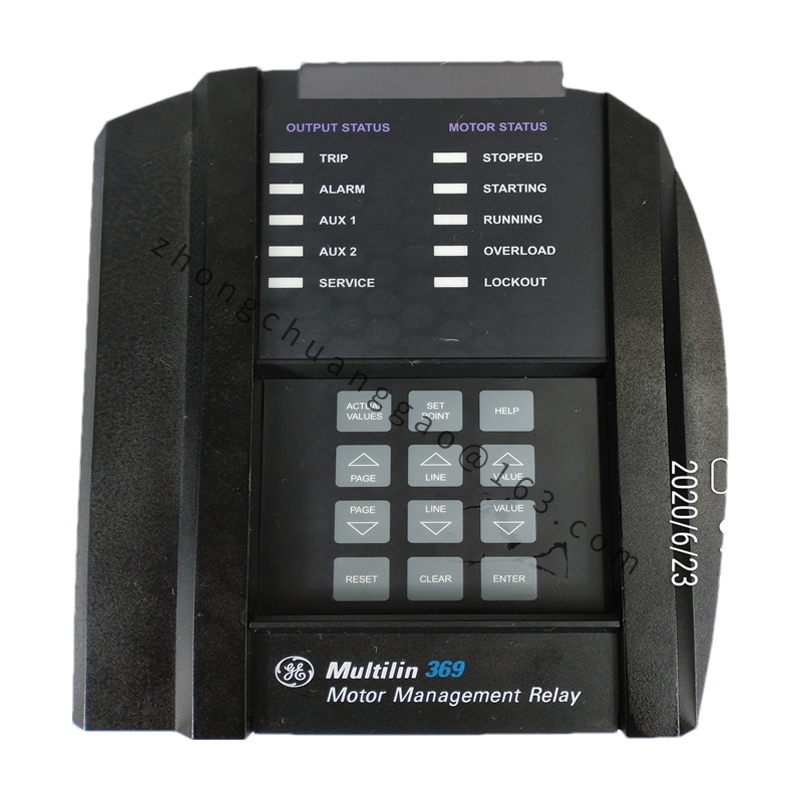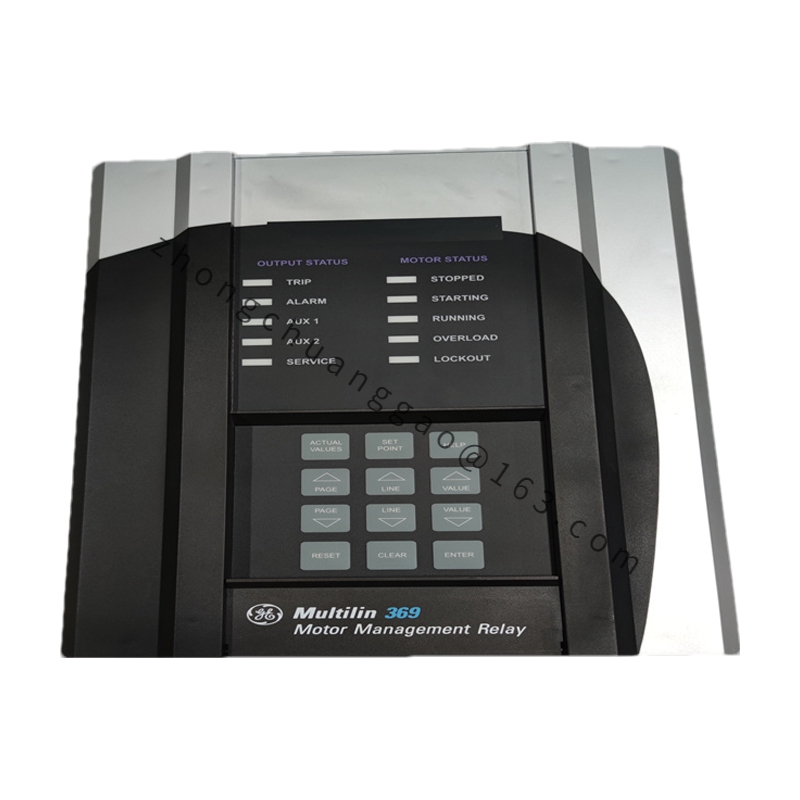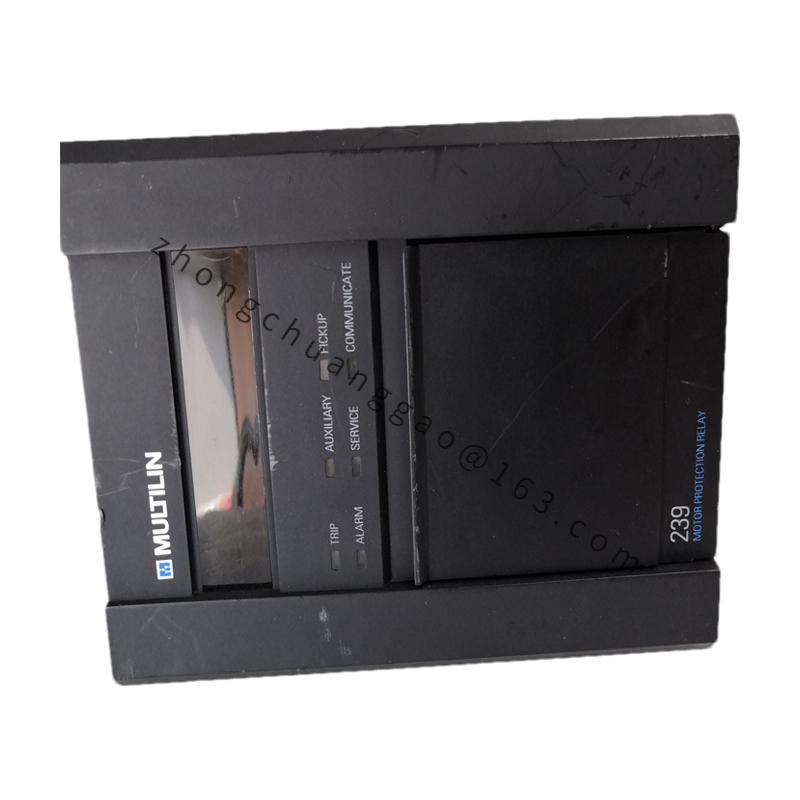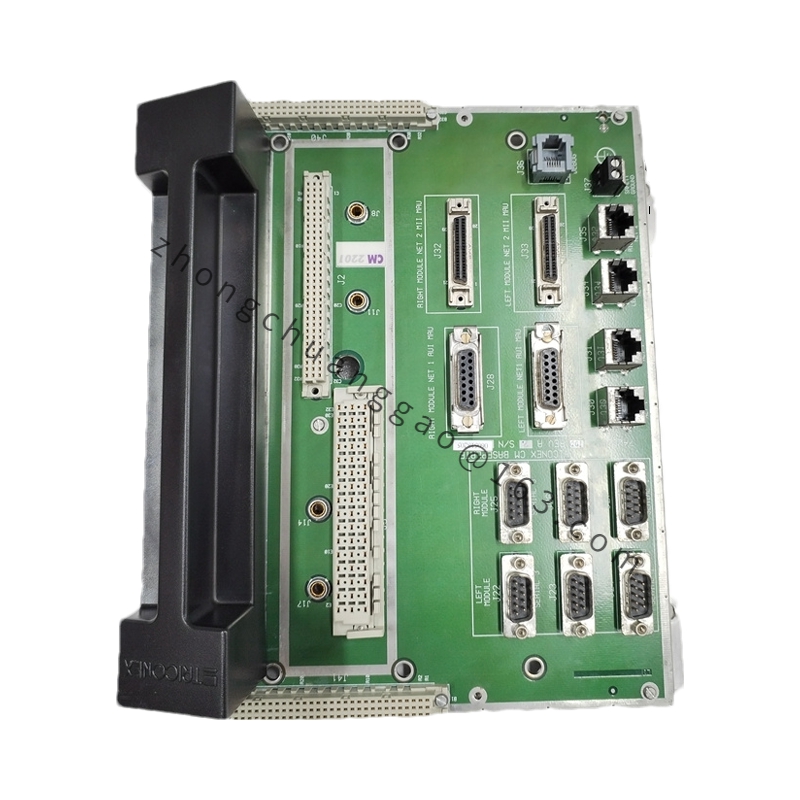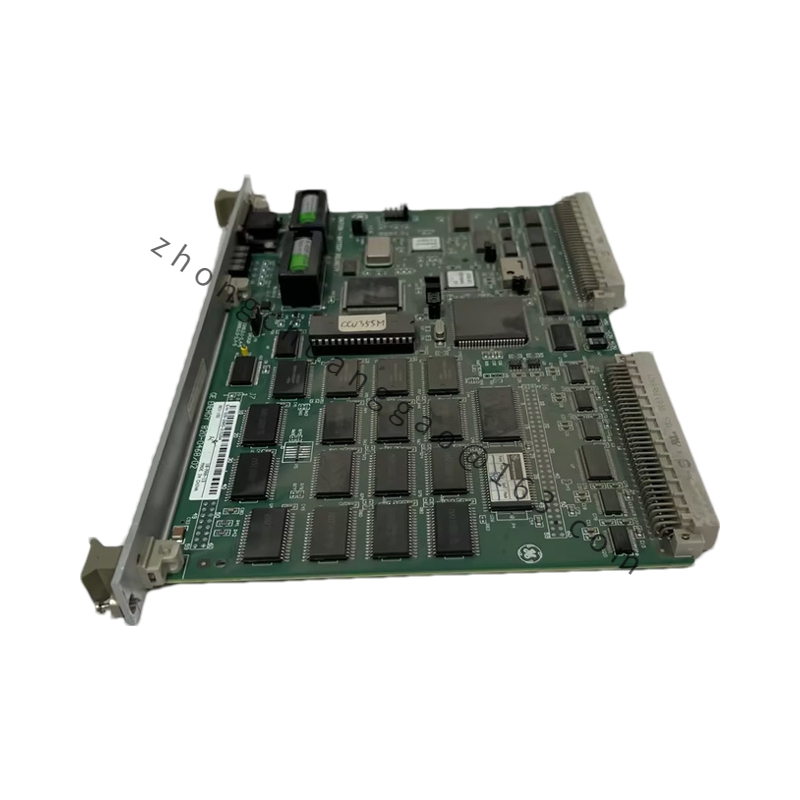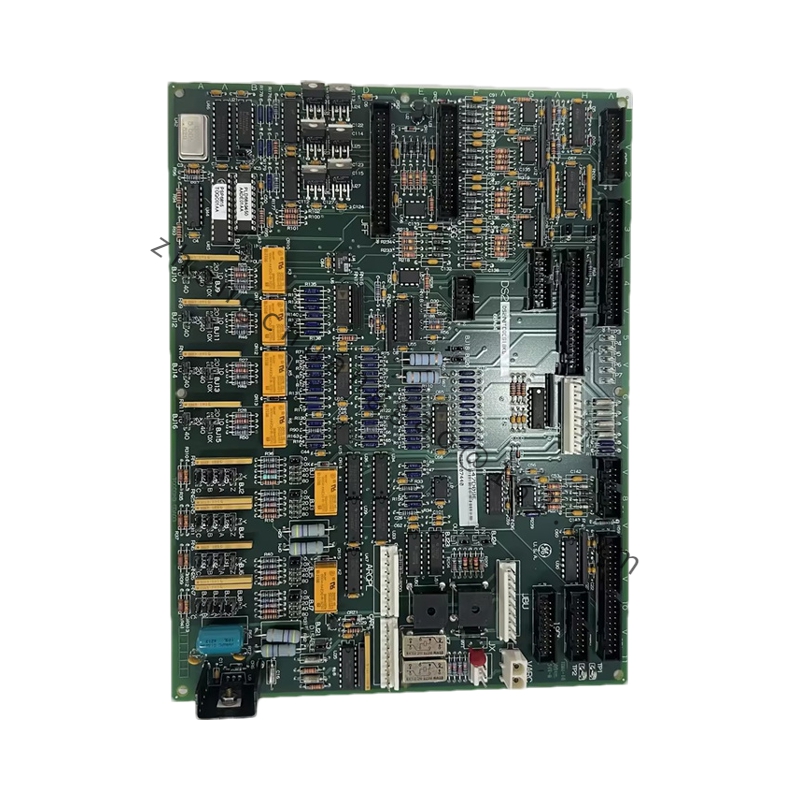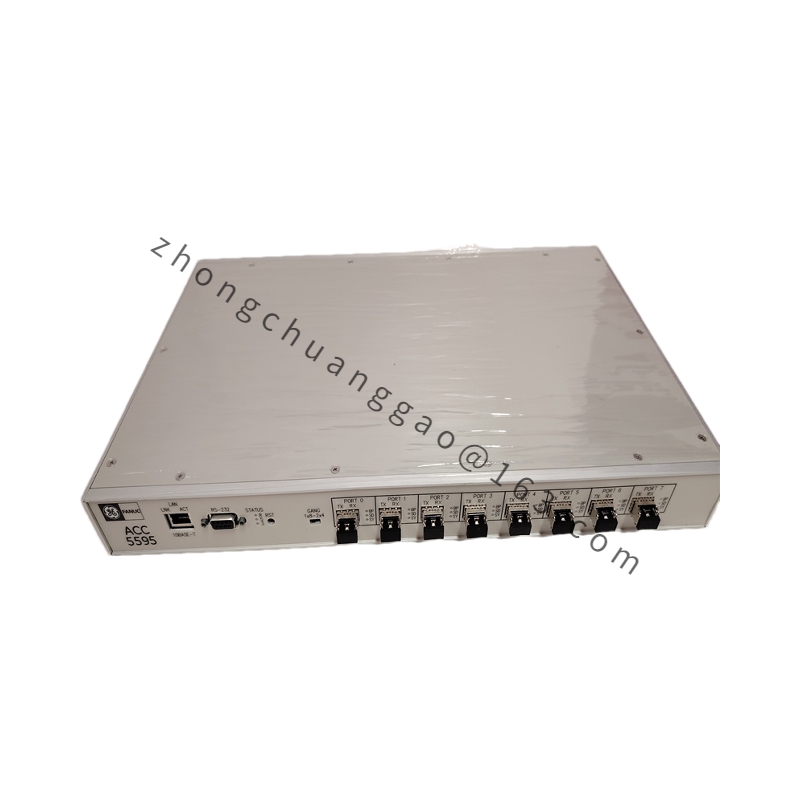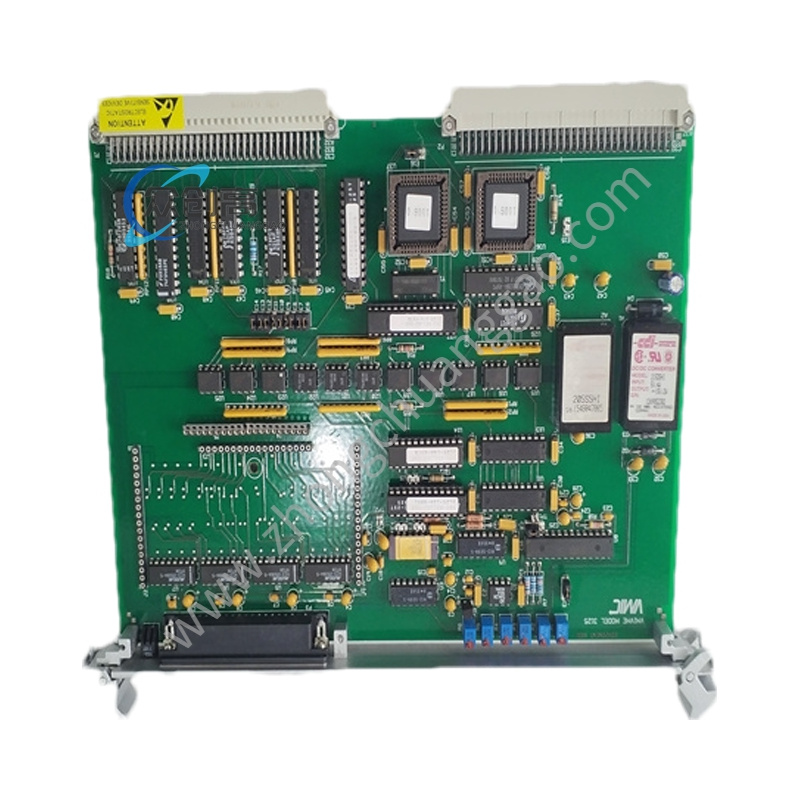Detailed content
Technical Specifications
- Model: IC693MDL645
- Manufacturer: General Electric (GE) Fanuc Automation
- Type: 16-Point Positive/Negative Logic Input Module
- Input Channels: 16 individual input channels
- Logic Support: Supports both positive and negative logic operations
- Power Input: Common power input terminals for simplified wiring
- Data Acquisition: Provides high-speed data acquisition for capturing rapidly changing signals
- Mounting: DIN rail mounting for easy installation in control cabinets
- Compatibility: Designed for use with GE Fanuc 90-30 series PLCs
Functional Characteristics
- Flexibility: The IC693MDL645 offers flexibility in accommodating various sensor types due to its support for both positive and negative logic operations.
- Reliability: Known for its reliability, the module ensures accurate and stable input signal processing.
- Interface Compatibility: Easily interfaces with a wide range of industrial sensors and switches, making it suitable for diverse automation applications.
- Simplified Wiring: The common power input terminals simplify the wiring process, reducing installation time and potential errors.
- High-Speed Data Acquisition: The module’s high-speed data acquisition capability enables it to capture rapidly changing signals, ensuring timely and accurate control responses.
Application Scenarios
The GE IC693MDL645 is commonly used in various industrial automation applications that require reliable monitoring and processing of binary input signals. Some typical application scenarios include:
- Machine Control Systems: Monitors machine status, detects faults, and triggers control actions, ensuring smooth and efficient machine operation.
- Process Control Systems: Monitors process parameters such as valve positions, limit switches, and alarm conditions, enabling precise control of industrial processes.
- Safety Interlock Systems: Ensures proper interlocking to protect personnel from hazardous machinery or processes, providing status feedback for enhanced safety.
- Building Automation Systems: Monitors building parameters such as door status, occupancy sensors, and fire alarms, contributing to the overall efficiency and safety of building operations.
- Transportation Systems: Monitors vehicle status, detects faults, and triggers control actions, ensuring smooth and reliable transportation operations.

